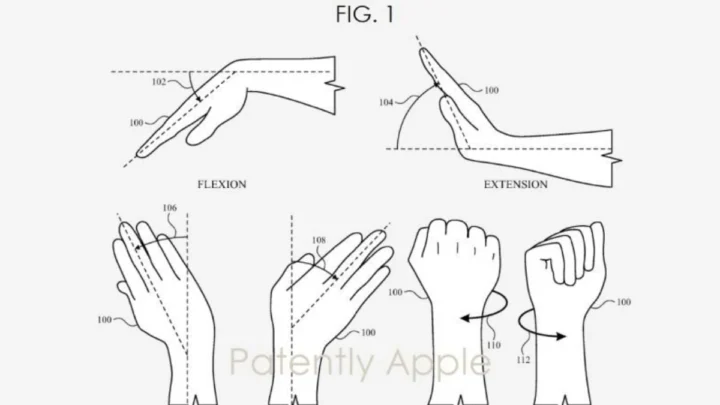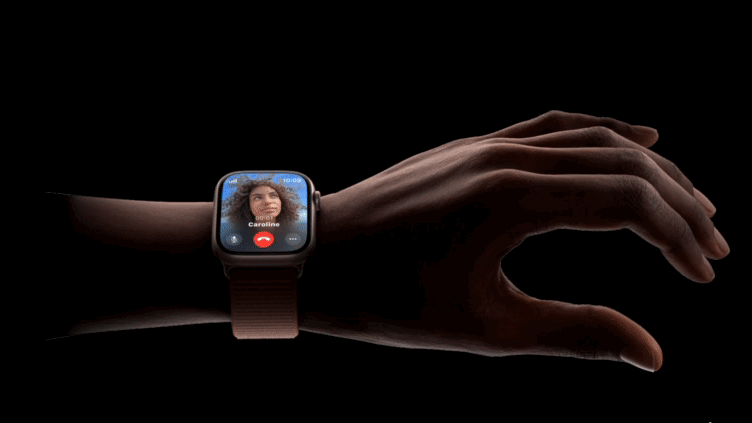Apple has had technology in the Apple Watch for several years that allows actions and commands without using your hands, per se. That is, by reading the electrical activity of the excitable membranes of our body’s skeletal muscle cells, we can control the device and perform functions. The Cupertino company is taking this research to new levels.
What is electromyography?
Electromyography (EMG) is a technique for monitoring the electrical activity of the excitable membranes of skeletal muscle cells, representing the action potentials triggered by reading the electrical voltage over time.
In other words, this technique allows the recording of electrical signals. These happen when the muscles are at rest or in contraction, thus being captured and recorded. In medicine, this evaluation aims to detect neuromuscular diseases.

Patent: Apple wants to go further in the EMG study
One new patent revealed that Apple is delving deeper into electromyography research. This technology could be implemented in a wristband to allow users to interact with connected devices without even touching the screen.
Apple recently patented new types of bracelets that can detect advanced hand gestures using electromyography (EMG).
These devices use sensors to capture electrical signals generated by muscles during hand or finger movements.
This technology could allow you to control multiple electronic devices (like an iPhone or a Mac) without touching them directly, simply through gestures.
The patent describes several designs for these bands, including lightweight, adjustable models and models integrated into connected watches such as the Apple Watch.
Applications range from intuitive interface navigation to support of augmented or virtual reality environments (AR/VR), like the Apple Vision Pro.
Control Apple devices with electrical activity only
Apple's patent describes several specific applications for EMG-based connected wristbands:
- Precise gesture interactions: finger or hand gestures can be used to manipulate virtual objects, select options from a menu or even write on a virtual keyboard. This could revolutionize commands in AR/VR environments.
- Touchless control: The goal is to enable natural and intuitive interactions with devices, eliminating the need to touch a screen or keyboard. The bracelets will even be able to recognize complex or personalized gestures for different users.
- Design modular: Apple is considering bands that integrate with other products, such as the Apple Watch, or standalone models that can be adjusted according to the wearer's use or comfort.
- Medical and sports adaptation: these bracelets could also be used to monitor muscular activity in medical or sporting contexts, for example to analyze performance or detect neuromuscular disorders.

The technology is similar to what is already used on a small scale in the Apple Watch and Vision Pro.
Squeezing two fingers or making a fist, for example, can make the connected watch react without touching the screen.

The same applies to AR/VR glasses, where you can pinch your thumb and index finger to grab and widen a window.
Meta recently unveiled an EMG wristband to control future Orion AR glasses and potentially other devices with hand gestures. Although the system is promising, Meta stated that it will never completely replace Quest commands, for example.
The EMG bracelet is still far from being a mature technology. Let's not forget that this is just a patent.
The technologies mentioned and outlined may never see the light of day. However, it confirms that Apple still has ideas in its pipeline to improve interaction with its various devices.
Source: pplware.sapo.pt


